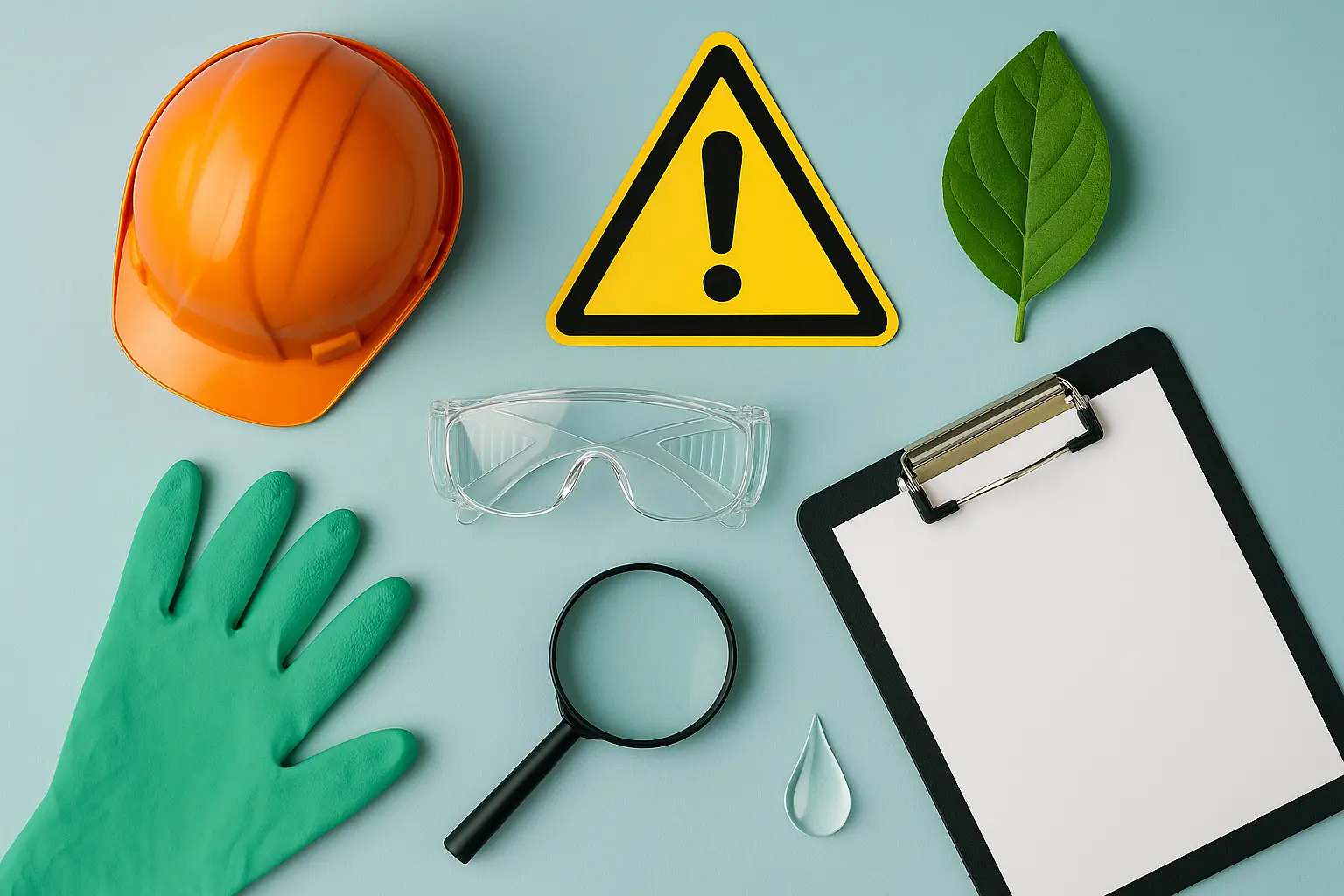ASTM E1908 Hazardous Waste Management Certification
The ASTM E1908 standard provides a framework for managing hazardous waste in a manner that ensures protection of human health and the environment. This certification is critical for facilities involved in the generation, treatment, storage, or disposal of hazardous materials. Compliance with this standard demonstrates a commitment to environmental stewardship and regulatory adherence.
The process involves detailed documentation and management systems designed to prevent unauthorized access to hazardous waste areas, ensure proper labeling, and implement appropriate containment measures. Facilities that achieve ASTM E1908 certification are recognized for their ability to safely handle and manage hazardous substances, which is especially important in industries such as chemical manufacturing, pharmaceuticals, and electronics.
The standard also emphasizes the importance of training personnel involved with hazardous waste operations. This includes not only handling procedures but also emergency response protocols. Regular audits and continuous improvement are key components of maintaining compliance with ASTM E1908.
Obtaining this certification can have several benefits for organizations, including enhanced reputation among stakeholders, reduced risk of non-compliance penalties, and improved operational efficiency through streamlined processes. Additionally, it provides a foundation for integrating advanced technologies that enhance waste management practices.
- Documentation: Comprehensive records are kept to trace the movement and treatment of hazardous materials.
- Training Programs: Regular training sessions ensure all personnel have up-to-date knowledge on handling procedures.
The certification process typically involves an audit conducted by a qualified auditor who assesses compliance with ASTM E1908 requirements. Once successfully audited, facilities receive documentation certifying their adherence to the standard.
In summary, achieving ASTM E1908 certification is essential for organizations dealing with hazardous waste. It ensures that operations are conducted safely and legally, fostering trust among stakeholders and contributing positively to environmental health.
Benefits
- Enhanced Reputation: Demonstrating commitment to safety and environmental protection can significantly improve a company's reputation with customers, regulators, and the public.
- Reduced Risk of Penalties: Compliance reduces the likelihood of fines or other sanctions from regulatory bodies.
The process not only helps in avoiding potential legal issues but also promotes best practices that can lead to cost savings through improved operational efficiency. By reducing waste generation and optimizing resource use, organizations can achieve long-term financial benefits alongside environmental gains.
Moreover, facilities certified under ASTM E1908 are better prepared for audits and inspections by regulatory authorities. This preparation helps prevent costly delays or disruptions during official visits, thereby supporting continuous business operations.
Customer Impact and Satisfaction
Clients of organizations that hold ASTM E1908 certification benefit from the assurance that their partners are operating within strict environmental and safety standards. This can lead to enhanced customer satisfaction as clients feel confident about the reliability and integrity of services provided by compliant entities.
For instance, in industries where trust is paramount such as healthcare or food production, having a partner with ASTM E1908 certification instills confidence that all steps are being taken to protect public health. This can translate into better relationships with suppliers and partners who value sustainable practices.
In addition to improved client relations, certified facilities may see increased demand for their services due to the growing awareness among consumers about corporate social responsibility (CSR) initiatives. Companies showing leadership in environmental management often attract more business opportunities from socially conscious investors or buyers.
Environmental and Sustainability Contributions
Adherence to ASTM E1908 goes beyond compliance; it contributes positively towards achieving broader sustainability goals. By managing hazardous waste responsibly, organizations help prevent contamination of soil, water bodies, and air, thus protecting ecosystems from long-term damage.
- Sustainable Resource Use: Efficient management practices reduce the overall amount of waste generated during production processes.
- Energy Conservation: Proper handling techniques minimize energy consumption associated with treatment and disposal methods.
The standard encourages recycling wherever possible, which helps conserve natural resources and reduces landfill pressures. Furthermore, by minimizing emissions from improper waste management practices, organizations contribute to lower greenhouse gas (GHG) footprints.
Incorporating sustainable practices into daily operations also fosters innovation within the organization. Companies that prioritize environmental responsibility are more likely to explore new technologies or methodologies aimed at reducing their ecological footprint further.





